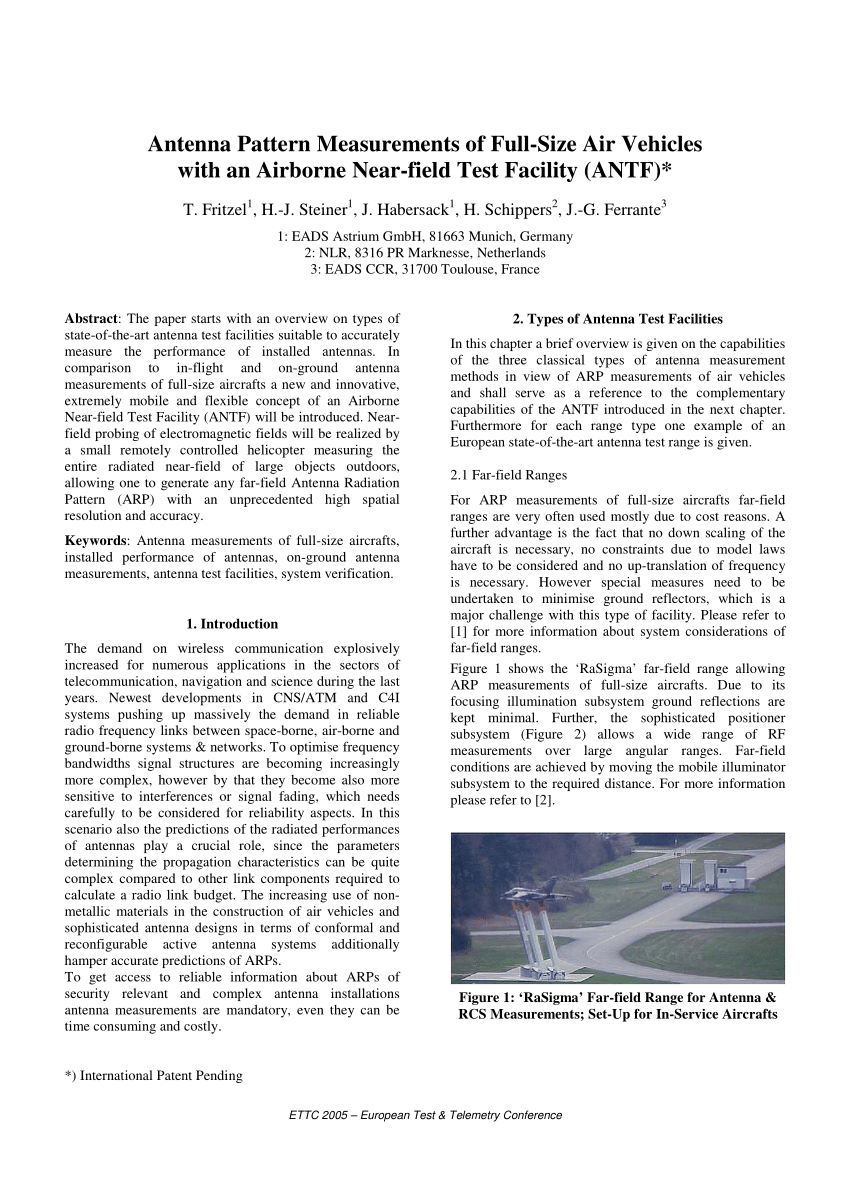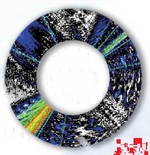Jagdflieger
Senior Airman
- 580
- Mar 23, 2022
These tests regarding RaSigma 2 and RaSigma 3 were conducted from 1993 to 2011 most of it's data and knowledge acquired went then into the Typhoon program.What year was the test conducted (i.e. was it at a time when RAM coatings were prevalent)? What was the frequency of the radar (radar frequency can have a huge impact on returns)? What aircraft was being tested with what RAM surfaces? Just because oil stains on one surface may increase RCS does not mean that they increase on all surfaces. It would also be good to know by how much the RCS changed (did it increase by 25% or by 0.00025%...if the latter then I'm not sure it matters).
Objects tested included Tornado, Alpha-Jet, F-4, F-16 and others and diverse helicopters, civilian aircraft's, military vehicles and even water-vessels. the F-4's were then accordingly "extensively" retrofitted before being delivered to other NATO partners.
From RaSigma 4 onward a very different approach towards the measuring technique obtaining of measurements/data was introduced and is still in use. I was partially involved in
this matter from 1993 - 2008. As for data (APR or what exact FR e.g. from xMHz to xGHz) used for obtaining these data or the precise probe positioning data - no company involved
in such sensitive matters will publicize these openly - But see a small overview:

(PDF) Antenna Pattern Measurements of Full-Size Air Vehicles with an Airborne Near-field Test Facility (ANTF)*
PDF | The paper starts with an overview on types of state-of-the-art antenna test facilities suitable to accurately measure the performance of installed... | Find, read and cite all the research you need on ResearchGate
Off course you can't compare the e.g. RCS of a specifically modified Tornado or Typhoon with a "pure" stealth aircraft with an enclosed weapons-bay. But certainly with non modifiedWell, you can alter cockpit canopy reflection, put RAM inside the air intakes and take all sorts of other measures....but you're still fighting the geometry of the aircraft design. Every angle between the intakes and the wings, between the wings and the pylons, between the underfuselage and pylons, between the pylons and the stores...they all MASSIVELY increase RCS and I'm afraid you're never going to eradicate that with RAM and cockpit coatings. Under operational conditions, carrying a combat load, there's no way on earth the Tonka has the RCS of a golf ball. Sorry, I just don't buy that.
4 or 4/5 generation aircraft's - which constitute 90% of the present NATO forces.
That is why civilian airliners as such are banned from operating in hot zones. The IAF and many others however use the existence of civilian aircraft's to strike targets that are notView attachment 664086
View attachment 664087
If we're in a crisis situation, then you won't typically have civilian airliners flying within SAM MEZs. And even if they do, I'm not sure the Russians would care. They'd shoot first and ask questions later. Now, that likely means the Russian SAMs would result in shooting down some of their own aircraft, indeed there are reports that such things have happened in Ukraine. Again, I'm not sure the Russian military cares very much.
banning civilian airliners in their airspace - without having declared a war. And certainly the Russian or any other military is concerned/worried about downing their own military
aircraft's. As you already mentioned the Stealth or any other military aircraft is just a part in a whole concept - and Russia doesn't have the money to cope with such a concept or to
develop/incorporate a similar concept and all it's necessary components. Not even to mention Stealth fighters/aircraft's as such.
Regards
Jagdflieger

